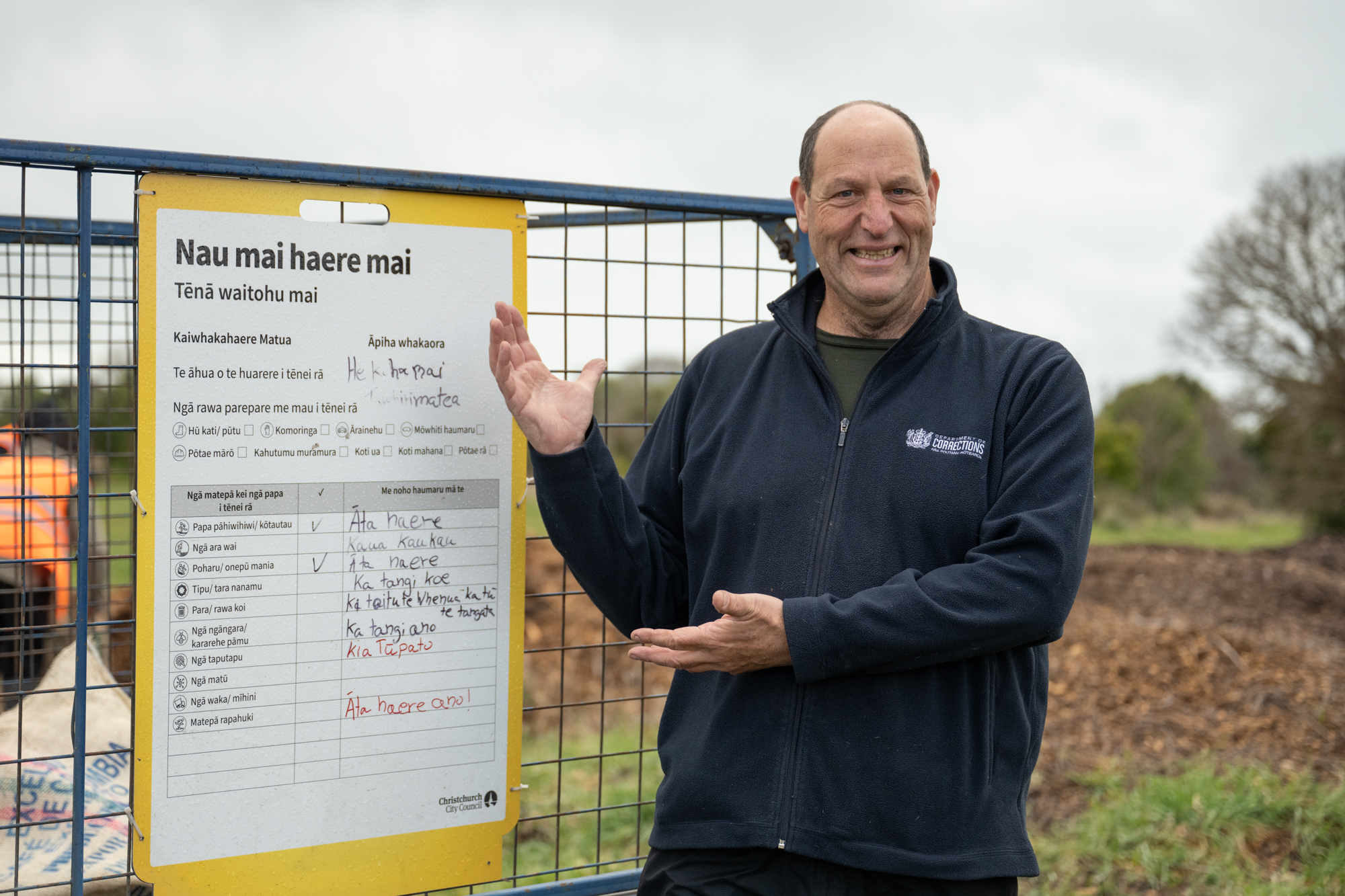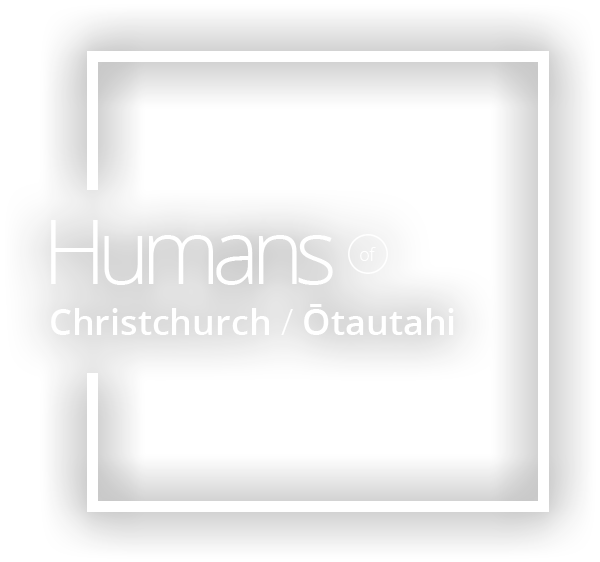
Raviv – Part 2
Sarah (ranger) came to me last year and said, Look, we have these health and safety boards, would you like one? I said, Yeah, that will be lovely, but what about one in te reo Māori? She gave me the one in English, and about three months later, she comes to me, here it is in te reo Māori.
Because it’s te reo Māori, I allowed myself to be a bit cheeky. So the weather of the day is a koha by Tāwhirimātea. This is the atua of the weather.
When you have uneven ground I said, okay, just walk slowly. There are waterways around to ask people not to swim kaua koe kaukau. And then we have some stinging plants and thorns. And I say, ka tangi koe – you may cry. And then there is, like, take the rubbish away. So there is a whakatauki – kia tu, toitu te whenua, toitu te Tangata. If we take care of the ground, we’ll be fine.
The reality is, half of the guys are Māori and appreciate the effort of doing it. Most of them don’t speak te reo but they understand, you’ve done the effort. And they just acknowledge that in a nice way.
What we’re trying to do with what I believe is getting the pahiri, the people involved in the red zone, just bring them connection again and a sense of pride in their own land. With that revitalised connection, we hope that it will get people dumping less rubbish around and taking care of the plants.
We all have some connection to the red zone. If we’ve been here through the quakes, we may have actually lived in this area, or know someone who lived in this area. I have guys telling me‘I grew up there’, or ‘that’s my mum’s house’.
I know people have come back to take care of the plants they planted after they finished community work, because they felt connected to that.
